In the current era, our planet is grappling with significant challenges including rampant overpopulation, destructive pollution, and unparalleled climate change. As a result, an increasing number of animals are on the verge of endangerment and extinction.
In fact, the species loss is currently happening at a rate more than 1,000 times greater than what would be natural. Consequently, future generations might never get to see animals that we could watch in nature when we were younger. To raise awareness about the heartbreaking state of Mother Earth and some of her most endangered animal species, we created this post with 25 Rare Animals Nearly Impossible To See In The Wild.

Dusky Gopher Frog
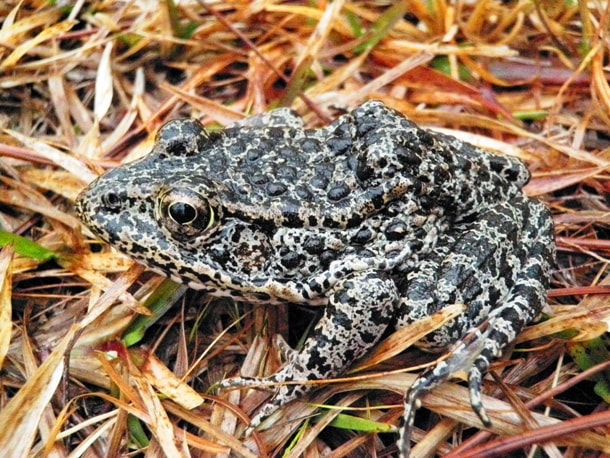 Source: nature.org
Source: nature.org Also known as the Mississippi gopher frog, the dusky gopher frog is a very rare species of frog native to the southern US. This medium-sized, stocky frog once was common in parts of Alabama, Mississippi, and Louisiana. However, its current population consists of less than 250 individuals living in two small ponds in southern Mississippi.
California Condor
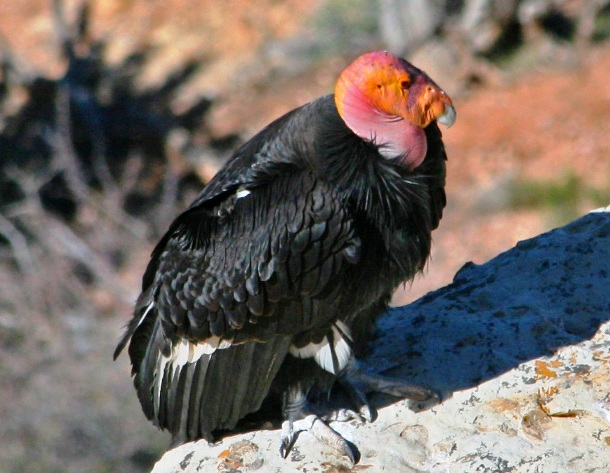 Source: allaboutbirds.org
Source: allaboutbirds.org With a wingspan of up to 3 m (10 ft), the California condor is the largest bird in North America. In 1987, this magnificent bird became extinct in the wild when the last 27 individuals were captured and put in breeding programs. Four years later, the bird was reintroduced to its natural habitat. Despite these re-population efforts, its wild population is still very small.
Pygmy Three-Toed Sloth
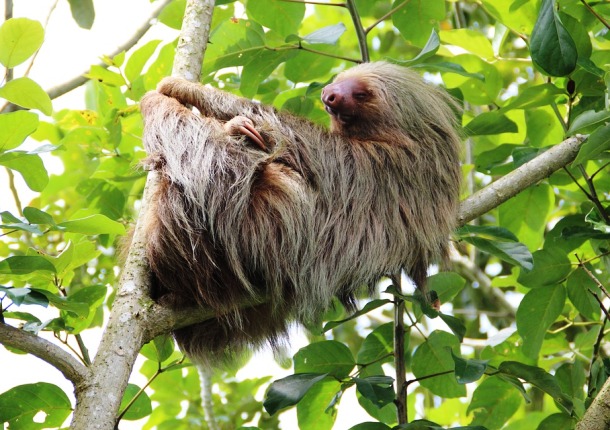 Source: iucnredlist.org
Source: iucnredlist.org Also known as the monk sloth or the dwarf sloth, the pygmy three-toed sloth is a critically endangered species of the sloth. This curious animal has a very restricted range as it can only be found on a tiny island, Isla Escudo de Veraguas, located off mainland Panama. The entire population of this species is estimated at some 80 individuals.
Mexican Wolf
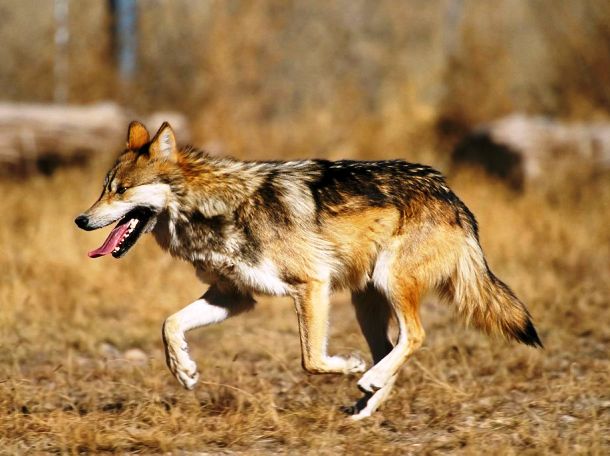 Source: defenders.org
Source: defenders.org Commonly referred to as “el lobo,” the Mexican wolf is a subspecies of the gray wolf. These canids once numbered in thousands, but they were wiped out in the US by the mid-1970s, with just a handful existing in zoos. In 1998, a small group of Mexican wolves was released back into the wild in Arizona, but their numbers have been growing very slowly.
Madagascan Fish Eagle
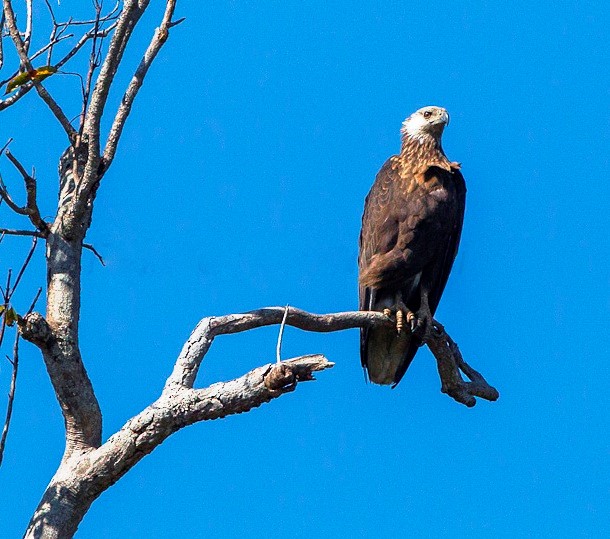 Source: iucnredlist.org
Source: iucnredlist.org With a wingspan of up to 180 cm (71 in) and weight of up to 3.5 kg (7.7 lb), the Madagascan fish eagle is a large bird of prey local to Northwest Madagascar. Constantly threatened by habitat destruction and persecution, the current wild population of this beautiful bird is thought to be around just 120 breeding pairs.
Angonoka Tortoise
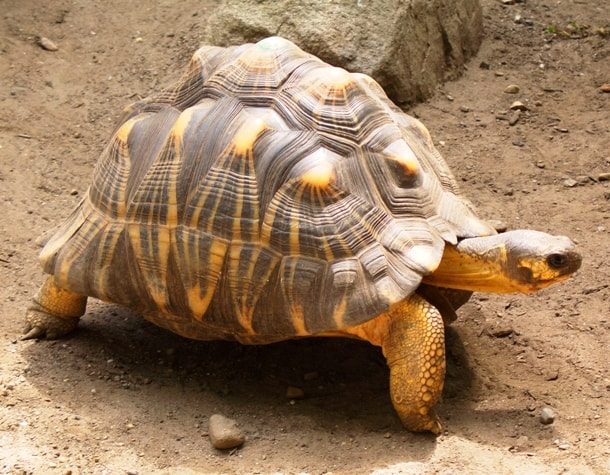 Source: iucnredlist.org
Source: iucnredlist.org Another extremely rare animal native to Madagascar, the Angonoka tortoise is the most endangered tortoise in the world. Found only around the Bay in Northwest Madagascar, this tortoise, known for distinctive, beautifully decorated carapace, has been suffering from habitat destruction and over-hunting. There might be just about 200 remaining specimens now.
Singapore Stream Crab
 Source: nparks.gov.sg
Source: nparks.gov.sg Reaching only about 3 cm (1.2 in) in width, the Singapore stream crab is a critically endangered species of freshwater crab found in Singapore. Discovered as late as in 1986, this tiny crab lives in streams running through undisturbed forests of Singapore; however, rapid urbanization of the city-state has driven it to the brink of extinction.
Przewalski's Horse
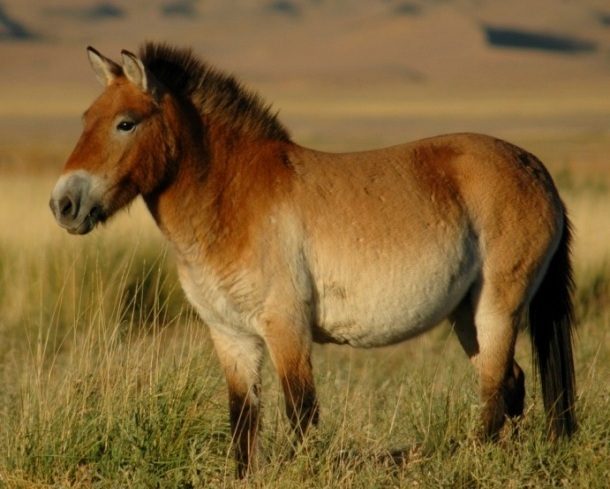 Source: nationalgeographic.com
Source: nationalgeographic.com Also known as the Takhi and Dzungarian horse, the Przewalski’s horse is the last surviving subspecies of the wild horse. It was once driven to extinction in the wild (primarily through interbreeding with domesticated horses) but recent reintroduction efforts have grown and sustained several small wild populations in Mongolia.
Swift Parrot
 Source: birdlife.org.au
Source: birdlife.org.au The swift parrot is a strikingly-colored, slim, medium-sized parrot native to Australia. The bird breeds only in Tasmania; then it flies across the Bass Strait to forage on the flowering eucalypti on the Australian mainland. Predation and habitat loss are the main reasons why the wild population of this parrot has dwindled dramatically.
Common Sawfish
 Source: fishbase.org
Source: fishbase.org Measuring up to 7.5 m (25 ft) in length, the common sawfish is a large species of the sawfish. Inhabiting coastal waters, estuaries, lagoons, river mouths, and sometimes even freshwater in tropical and subtropical regions worldwide, this bizarrely looking fish is now very rare as it has been suffering from over-fishing.
Florida Panther
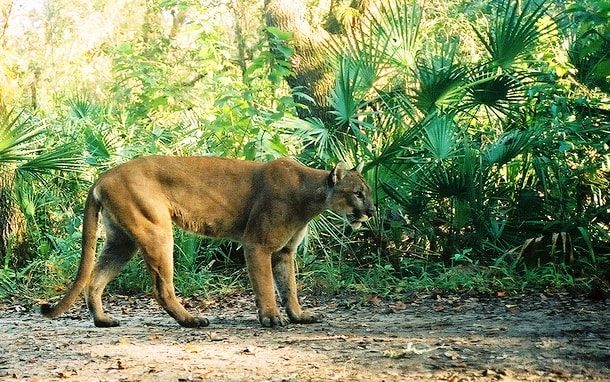 Source: thedodo.com
Source: thedodo.com A rare subspecies of the cougar, the Florida panther is one of the most notable examples of critically endangered animals that have been recovered. By the 1970s, its population had been reduced drastically to just about 20 remaining panthers in the wild. Recent conservation efforts have boosted its population, but the big cat still faces countless challenges in its fight for survival.
Honduran Emerald
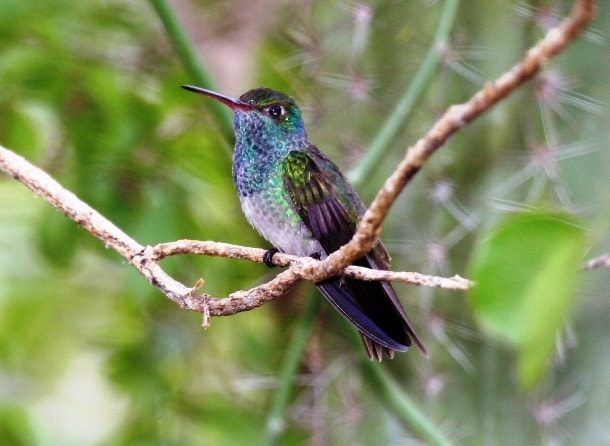 Source: datazone.birdlife.org
Source: datazone.birdlife.org Native to Honduras, the Honduran emerald is a critically endangered species of the hummingbird. These small birds inhabit tropical forest and shrublands, which is why deforestation has had a devastating impact on its already declining population. If local authorities do not take actions towards the conversation of this species, we might soon lose it forever.
Javan Rhinoceros
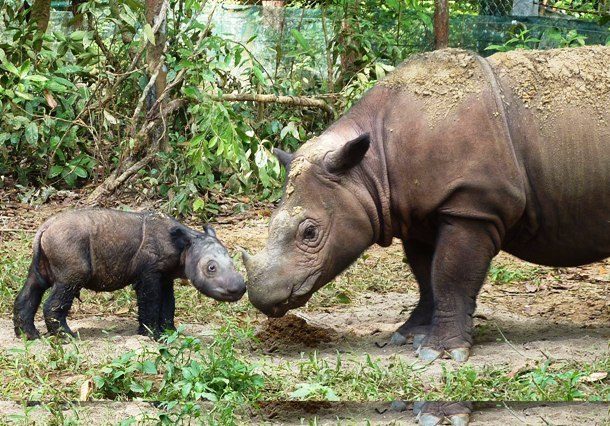 Source: worldwildlife.org
Source: worldwildlife.org With just about 60 – 70 last individuals surviving in the Ujung Kulon National Park in Java, Indonesia, the Javan Rhinoceros is arguably the world’s rarest large mammal. The species was once common in Southeast Asia and even China and India, but poaching and habitat destruction have driven the Javan rhino to the brink of extinction.
Giant Ibis
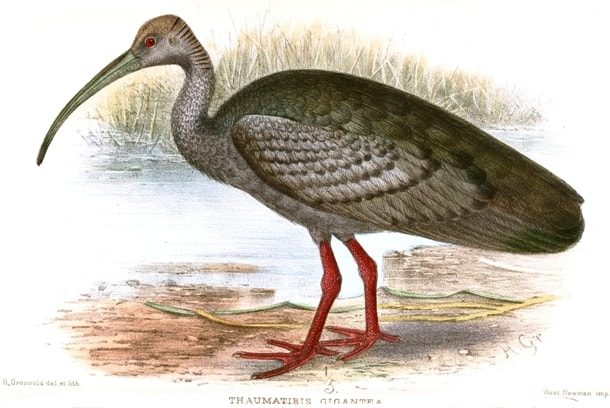 Source: iucnredlist.org
Source: iucnredlist.org Reaching up to 106 cm (41.5) in length, the giant ibis is by far the world’s largest ibis. Unfortunately, it’s also the most endangered. Currently confined to North Cambodia with several birds surviving in Laos, this ibis has an extremely small population which has undergone a rapid decline as a result of hunting, disturbance, and lowland deforestation.
Madagascar Serpent Eagle
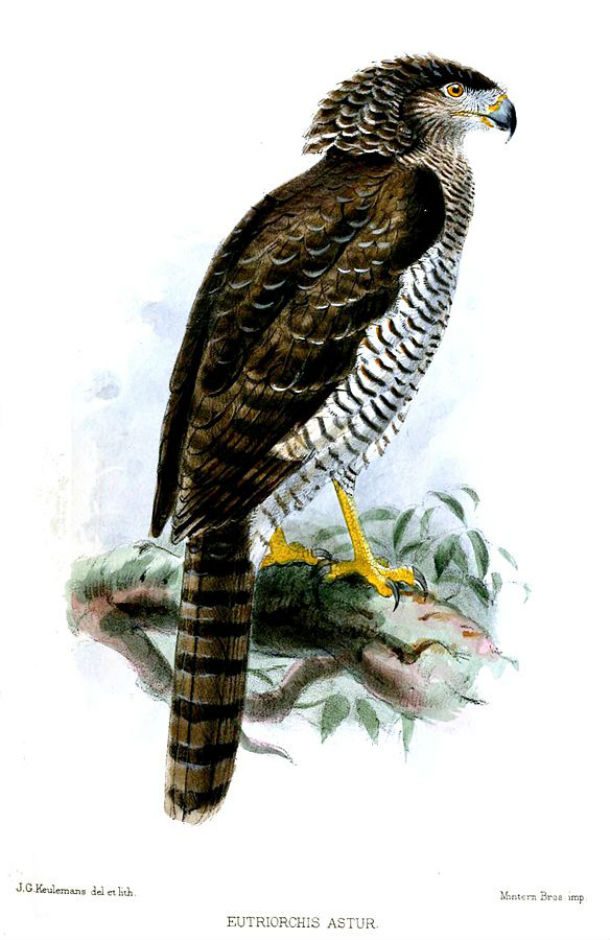 Source: edgeofexistence.org
Source: edgeofexistence.org A medium-sized bird of prey, the Madagascar serpent eagle is a very rare bird found in the tropical forests of Madagascar. Its habitat is becoming increasingly depleted and fragmented, and for many years, it was doubted whether the species still survived in the wild. Fortunately, several sightings of the bird have been reported recently.
Mountain Gorilla
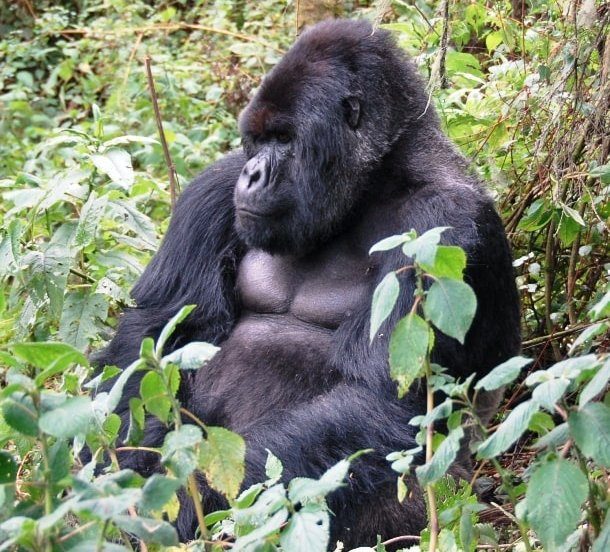 Source: worldwildlife.org
Source: worldwildlife.org One of the two subspecies of the eastern gorilla, the mountain gorilla is an extremely rare gorilla that has been suffering from poaching, habitat destruction, and disease. There are currently two separate populations of the species – one lives in the Virunga Mountains in Central Africa, while the other one can be found in the Bwindi Impenetrable National Park in Uganda.
Ruppell's Vulture
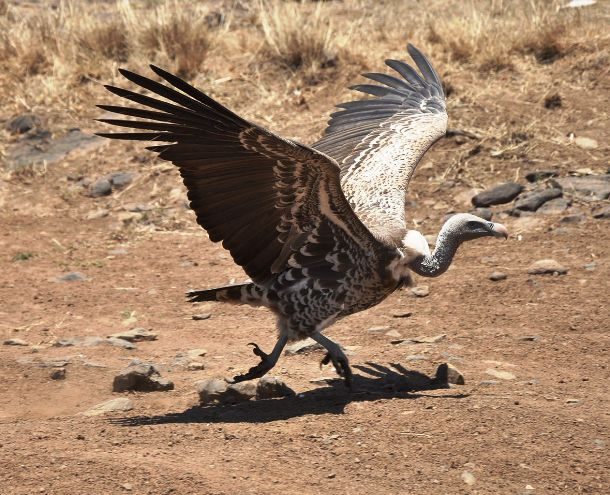 Source: nationalzoo.si.edu
Source: nationalzoo.si.edu With confirmed evidence of a flight at an altitude of 11,300 m (37,100 ft) above sea level, Ruppell’s vulture is considered to be the world’s highest-flying bird. These huge scavengers are native to the Sahel region of Africa, which extends over several countries. However, their population has been dwindling considerably, mainly due to habitat destruction and poisoning.
Tree Lobster
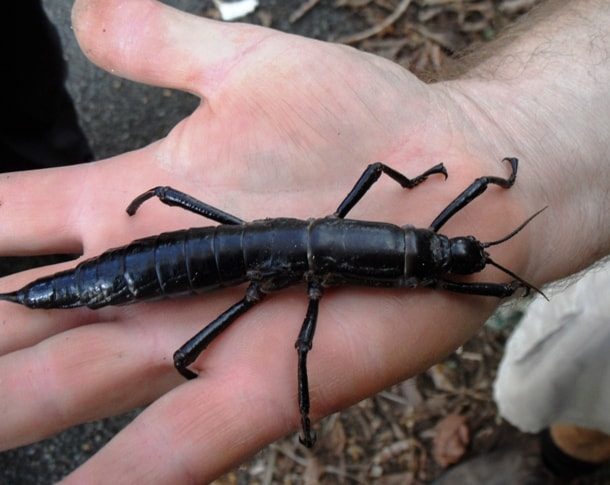 Source: australiangeographic.com.au
Source: australiangeographic.com.au Also known as the Lord Howe Island stick, the tree lobster is a large, nocturnal insect that was once abundant on Lord Howe Island in Australia. Sadly, mice and rats introduced to the island drove the insect to extinction by 1920. However, sightings of the tree lobster were recently reported on Ball’s Pyramid – a volcanic remnant located few miles away from the island.
Amur Leopard
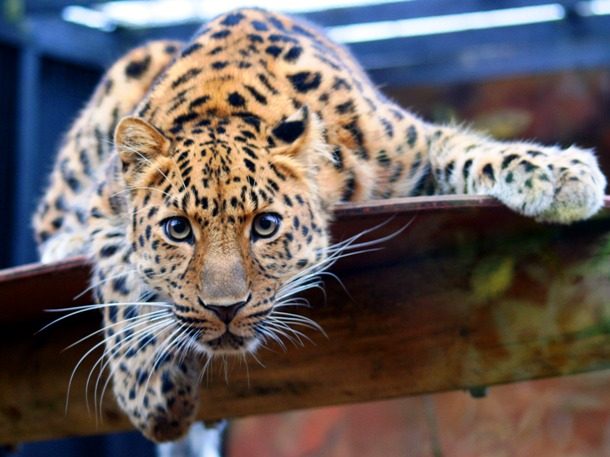 Source: worldwildlife.org
Source: worldwildlife.org Also known as the Far East leopard and the Manchurian leopard, the Amur leopard is a very rare, critically endangered leopard that has adapted to life in the temperate forests of Southeast Russia and Northeast China. In 2015, fewer than 60 of these amazing animals were estimated to live in the wild.
Great Indian Bustard
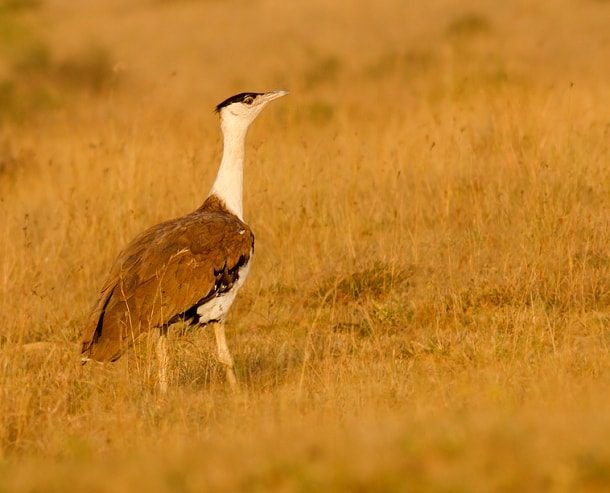 Source: wwfindia.org
Source: wwfindia.org With a weight of up to 18 kg (40 lb), the great Indian bustard is one of the heaviest flying birds in the world. Loss of habitat and poaching have decimated the population of this large bustard to the point where there are just about 200 individuals surviving in parts of India and Pakistan. Several recovery programs have been recently launched to save this bird from extinction.
Siamese Crocodile
 Source: fauna-flora.org
Source: fauna-flora.org Also known by many other names, such as Singapore small grain, cocodrilo de Siam, or Baja, the Siamese crocodile is a medium-sized freshwater crocodile native to Southeast Asia. Over the past one hundred years, habitat destruction and hunting have wiped out the crocodile from 99% of its natural environment; there are now just around 250 individuals remaining in the wild.
Hainan Gibbon
 Source: theconversation.com
Source: theconversation.com Of all 504 known primate species, the rarest and most vulnerable is found only on one tropical island in South China. The majestic and mysterious Hainan gibbon is confined to a single small patch of forest where only around 25 of these rare animals remain. Deforestation and hunting for food and pet trade are the main reasons why this primate is on the verge of extinction.
Hirola
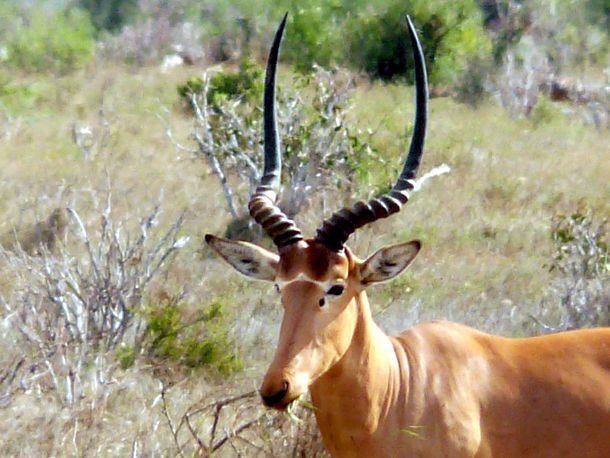 Source: theconversation.com
Source: theconversation.com Local to Northeast Kenya and Southwest Somalia, the Hirola is the world’s most endangered antelope. In the 1980s, a viral disease killed about 85-90% of the existing Hirola population, and the species has been struggling to survive since then. The current population of this medium-sized antelope is estimated at some 500 individuals.
Glaucous Macaw
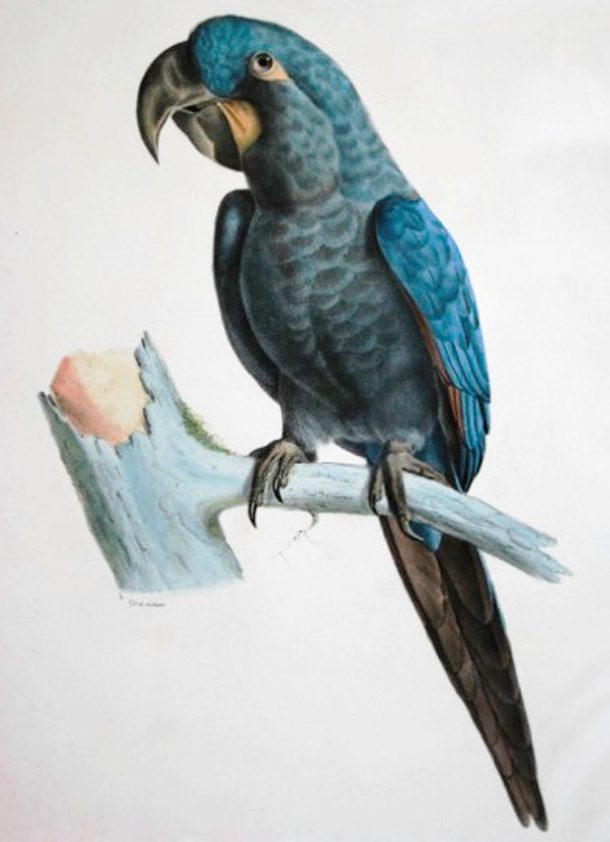 Source: iucnredlist.org
Source: iucnredlist.org A large neo-tropical parrot closely related to the Lear’s macaw and the hyacinth macaw, the glaucous macaw was last recorded in the 1960’s and is therefore considered extinct by some naturalists. However, not all of its formerly large South American range has been adequately surveyed, so there might be some tiny surviving populations of this beautiful bird.
Vaquita
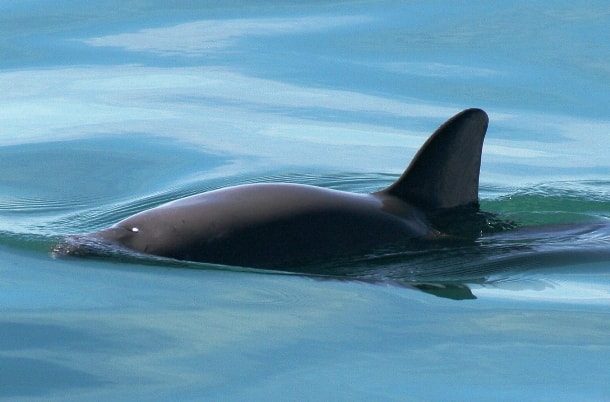 Source: worldwildlife.org
Source: worldwildlife.org Local to the Gulf of California, the Vaquita is the world’s rarest marine mammal. This little porpoise was not discovered until 1958 and just a little over half a century later, we are on the brink of losing it forever. The biggest threat for Vaquitas is illegal fishing as they often get caught and drowned in gillnets.
Lists Going Viral Right Now
Photos: 25. U.S. Department of Agriculture, Dusky Gopher Frog-a, CC BY 2.0, 24. DickDaniels (http://carolinabirds.org/), California Condor RWD, CC BY-SA 3.0, 23. Max Pixel (public domain), 22. en.wikipedia.org (public domain), 21. Francesco Veronesi from Italy, Madagascan Fish Eagle – Ankarafantsika – Madagascar S4E9501 (15111141738) (1), CC BY-SA 2.0, 20. Kyle Bedell, Astrochelys radiata -Roger Williams Park Zoo, USA-8a, CC BY 2.0, 19. Alchetron, CC BY-SA 3.0, 18. Claudia Feh, Przewalskis horse 02, CC BY-SA 4.0, 17. JJ Harrison ([email protected]), Lathamus discolor Bruny 1, CC BY-SA 3.0, 16. Simon Fraser University – University Communications, Pristis pristis townsville, CC BY 2.0, 15. U.S. Fish and Wildlife Service Headquarters, Florida panther (7013874693), CC BY 2.0, 14. Dominic Sherony, Honduran Emerald (Amazilia luciae) (2495402213), CC BY-SA 2.0, 13. International Rhino Foundation, Sumatran rhinoceros four days old, CC BY 2.0, 12. Wikimedia commons (public domain), 11. wikimedia commons (public domain), 10. http://www.flickr.com/photos/deepphoto/ d_proffer, Susa group, mountain gorilla, CC BY 2.0, 9. Gyps_rueppellii_-Nairobi_National_Park,_Kenya-8.jpg: Jorge Láscar from Bogotá, Colombia derivative work: Snowmanradio (talk), Gyps rueppellii -Nairobi National Park, Kenya-8-4c, CC BY-SA 2.0, 8. Granitethighs, Lord Howe Island stick insect Dryococelus australis 10June2011 PalmNursery, CC BY-SA 3.0, 7. Keven Law, Leopard in the Colchester Zoo, CC BY-SA 2.0, 6. Prajwalkm, Great Indian bustard, CC BY-SA 3.0, 5. Wikimedia commons (public domain), 4. Ray, White-Cheeked Gibbon (Female), CC BY-SA 2.0, 3. JRProbert, Hirola head with sub-orbital glands, CC BY-SA 4.0, 2-1. Wikimedia commons (public domain)



























